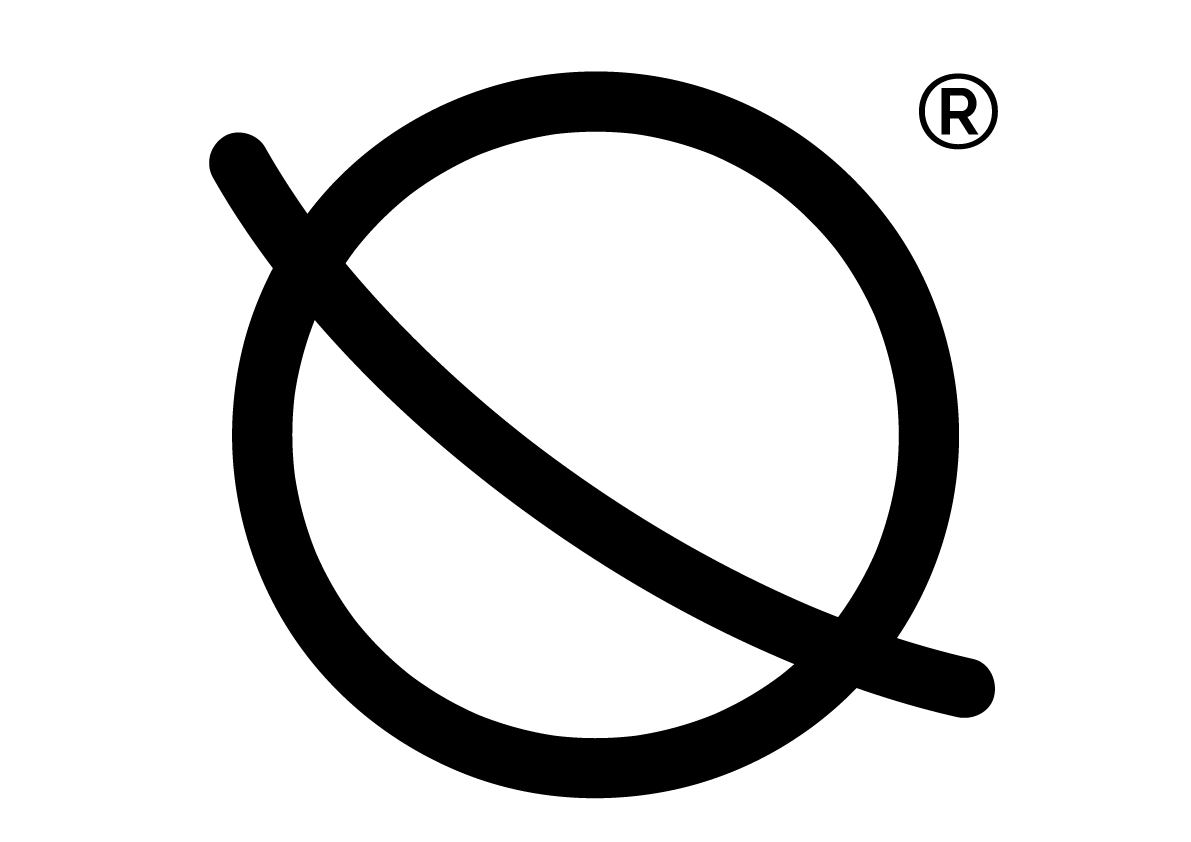5 Ways to Boost Your Workout and Burn More Calories
Are you getting the most out of your workout? Whether you’re new to working out or a veteran gym-goer, the reasons for exercising are many, some like the endorphins that your body releases, others work out for physical goals and also for mental wellbeing. Regardless of your reasons behind working out, you are likely to set aside a couple of hours every week to burn those calories and become a healthier version of yourself. But what if there were ways to get the most benefit out of the exercise that you do?
You can maximise the good effects of your workout through simple tweaks in your diet, hydration, and routine. Ready to burn more calories during and even hours after your workout? Here’s what science has to say:
1. Hydrate with cold water
While working out, we lose fluids through sweating and increased breathing rate. Since 60% of our body is composed of water, rehydration is essential to help our organs function properly. Our muscles are 79% water, so replacing fluid loss also minimises muscle fatigue during exercise, helping us lift that weight one more rep or hold that pose a little deeper and longer.
Why cold water? Do you remember feeling hot and flushed after a particularly intense exercise routine? That’s because the heat in your muscles makes the blood vessels in your skin dilate. This means that your hypothalamus has sensed the need for thermoregulation, so it tells your body to rid itself of the excess heat. It does this by sweating, which removes heat as the liquid on your skin to evaporates.
Drinking cold water can help delay the rise in body temperature. It also helps to cool down your body’s core temperature, which is especially important when working out in hot environments. If your body temperature is under control, you’ll be able to exercise for longer, burn more calories, and complete your workout more effectively.
2. Mix cardio and strength training
Cardio exercises are anything that boosts your heart rate for a certain period of time. Walking, jogging, running and other sports are a well-known way to burn calories.
But cardio isn’t the be-all and end-all of calorie-burning; you might want to consider strength training too!
Strength training refers to exercises that use resistance, such as your body weight or dumbbells/weights, to increase the strength, endurance, and the size of your muscles. Since muscles require more energy than fat, you end up burning more calories even when just sitting in the day - having a higher muscle percentage increases your base metabolism!
So adding weight training to your HIIT cardio workouts can help maximise your results.
3. Fuel up with carbs
Carbohydrates are our body’s primary source of energy. Carbs are converted into glycogen, which provides strength to the muscles during periods of high-intensity work allowing us to function properly and avoid fatigue.
It is crucial to prepare your body before exercising by giving it the fuel that it needs, so eat carbs (we go for a banana or an oat shake) around 30 minutes before you workout. When you have enough glycogen stored and available energy, you can perform better for longer periods, which of course helps burn more calories.
4. Pump up your protein
A protein-rich diet is the way to go if you want to grow your muscles. However, muscle building is not the only goal when consuming protein.
When you exercise, your muscles suffer from small tears; in fact, it is these tears which lead to muscle growth. These micro-tears can lead to muscle stiffness and pain, usually felt 24 to 72 hours after your workout. This is known as delayed-onset muscle soreness (DOMS).
Eating protein-rich foods after a workout can help our muscles recover faster, as it helps in muscle repair and recovery. Likewise, research has shown that incorporating quality sources of protein into your diet can aid weight loss without losing muscle mass.
5. Increase your intensity
Do you want to continue burning calories hours after the workout? This is called the “afterburn effect,” and this happens when you increase the intensity of your workout.
The after-burn effect, also known as the excess post-exercise oxygen consumption (EPOC) or oxygen debt, is fairly straightforward. It’s the amount of oxygen needed to bring your body back to its resting metabolic rate. Therefore, the higher the intensity of your workout, the more oxygen your body consumes post-workout, and the more calories you burn after it. Doing circuits, resistance exercise, and HIIT workouts are great options to achieve this effect as they increase the heart rate most effectively.
The takeaway
Since we invest our time and effort into this fitness journey, it makes sense to maximise its effects and efficiency. Follow these simple tips to boost your workout and achieve the best results in the time you have available.
Read next >>>


